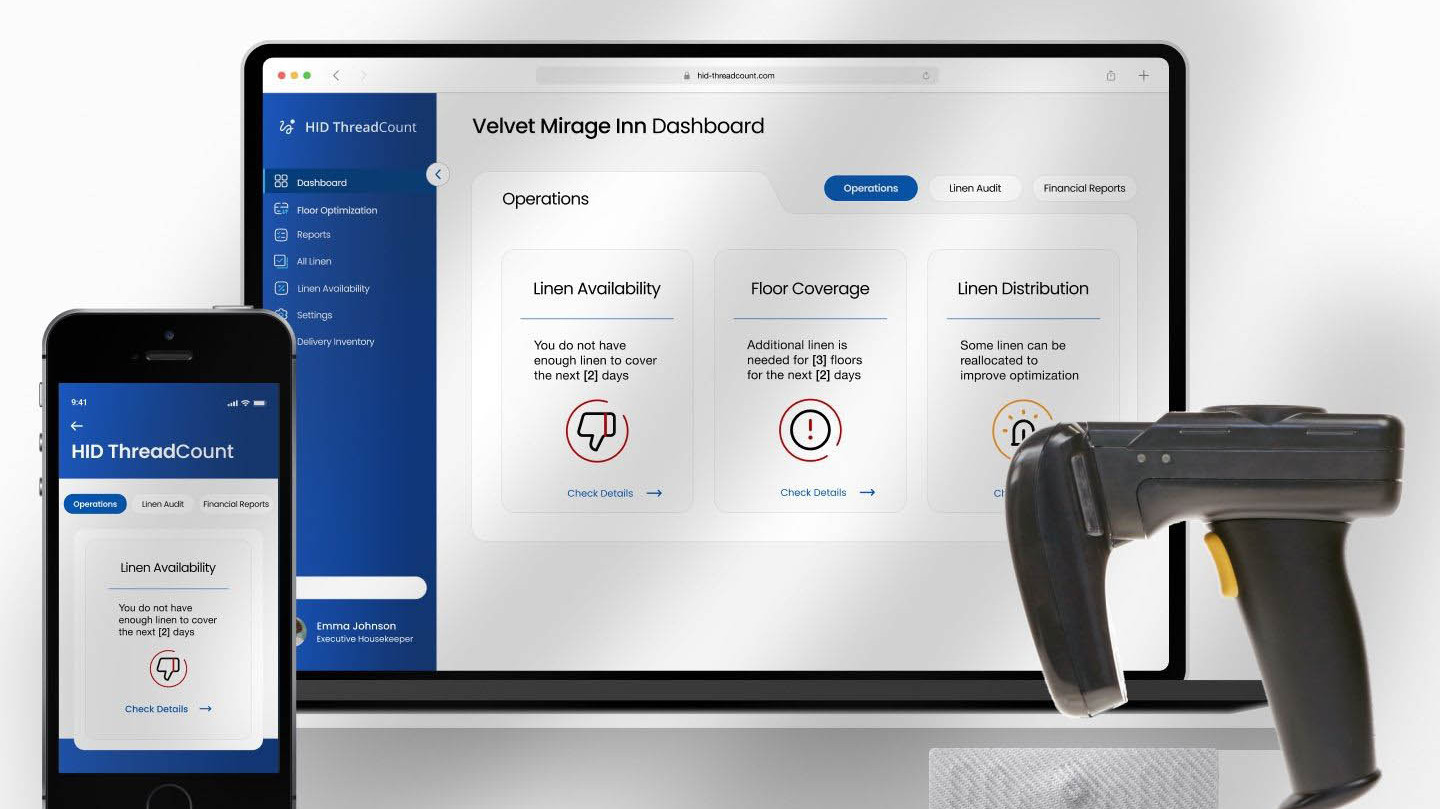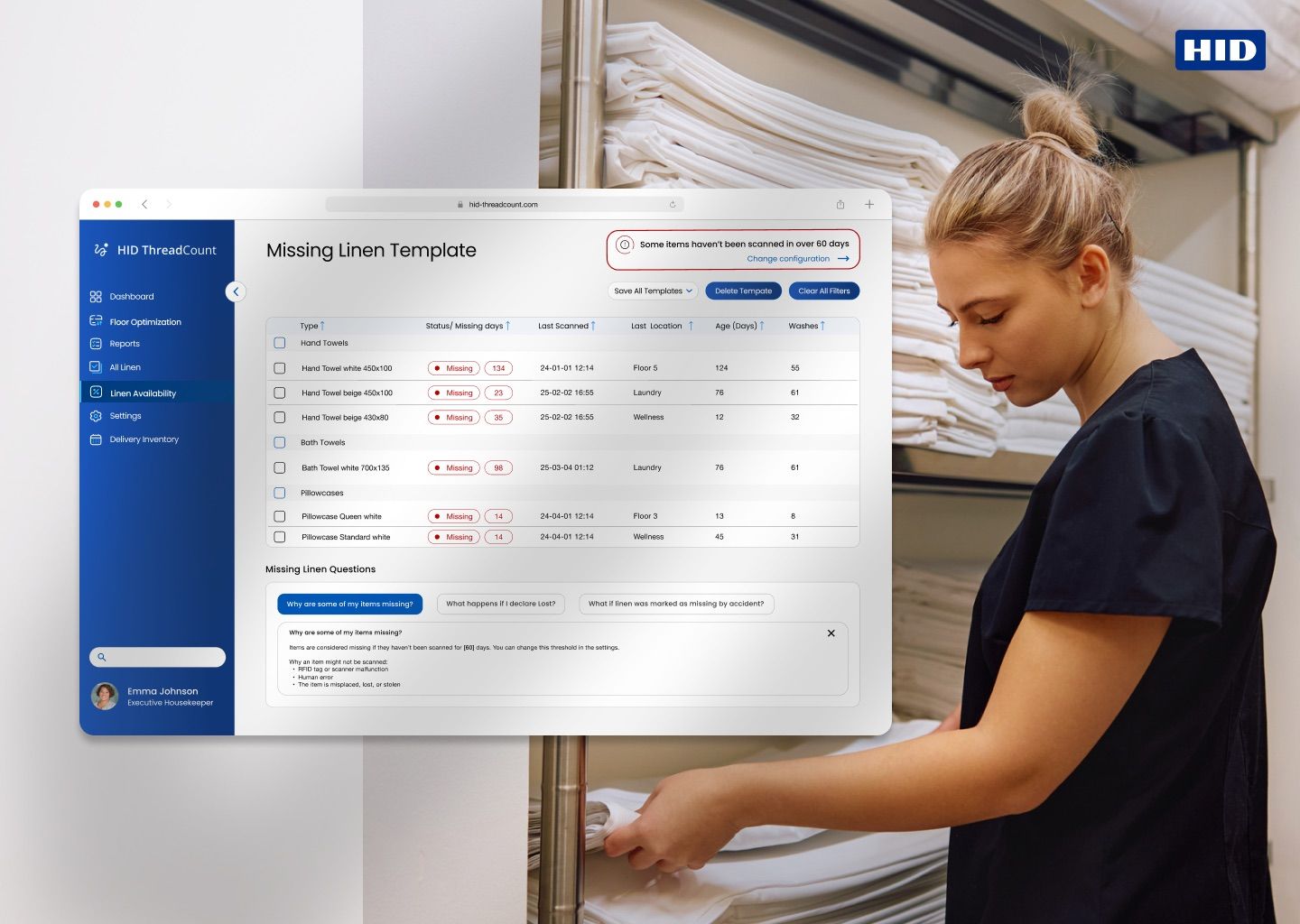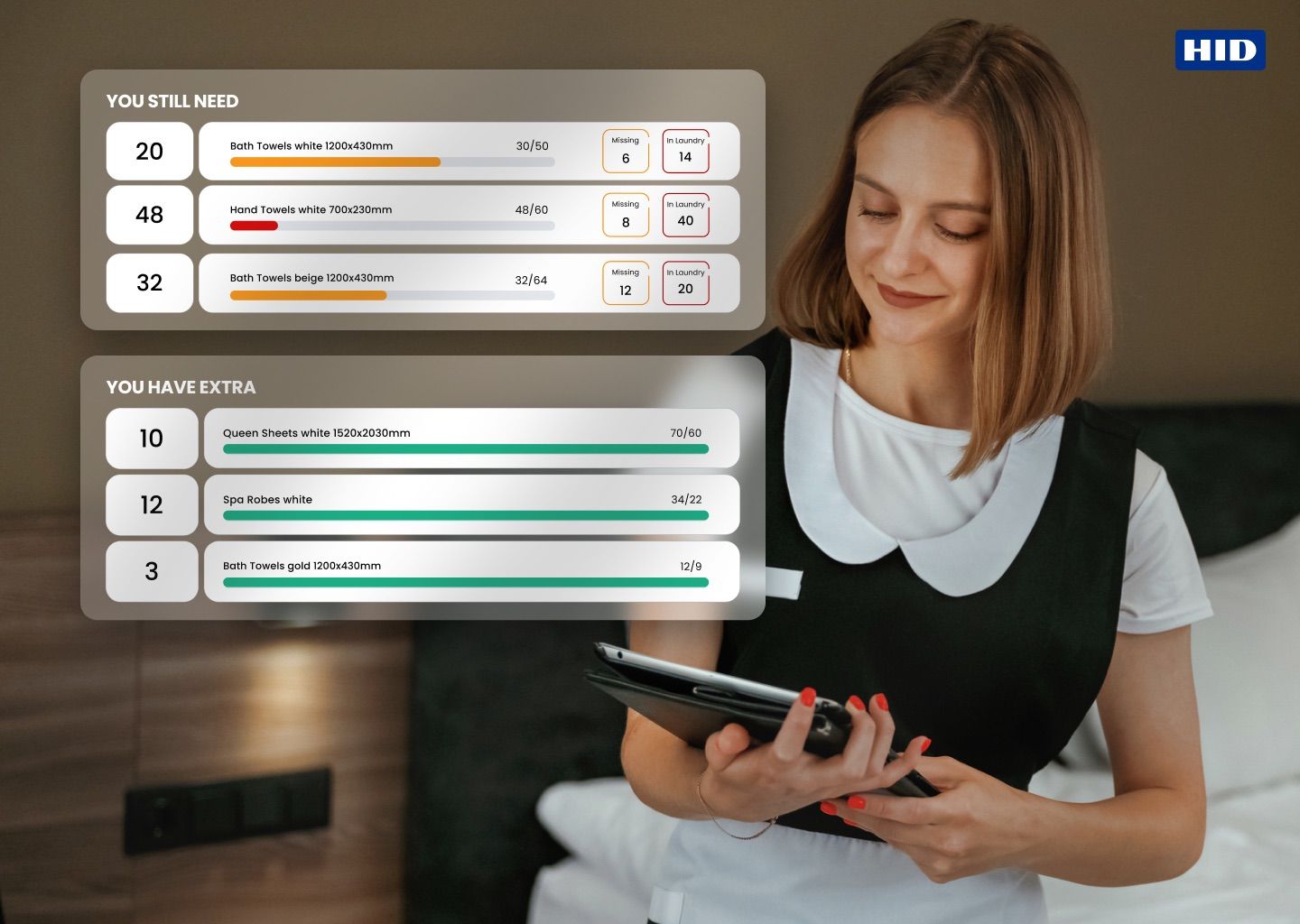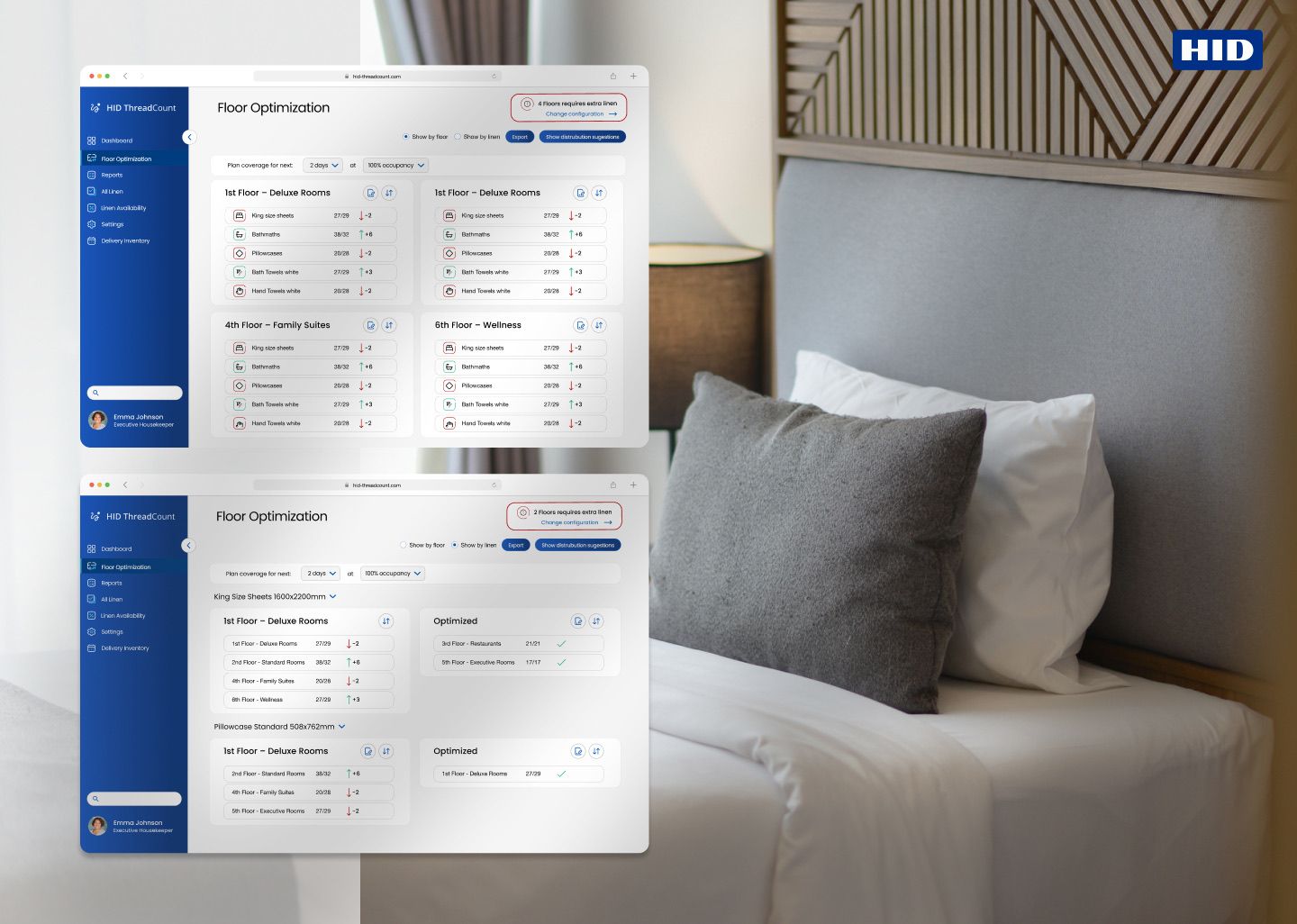
Designers
Lynn Chien, Monika Rataj, Mylene Gort, Aleksandra Nepelska, Chad Harlan, Stefania Mereu
Year
2025
Category
Concept
Country
France
Design Studio / Department
User Experience

Three questions to the project team
What was the particular challenge of the project from a UX point of view?
The biggest UX challenge was engaging busy hotel staff worldwide, who often had limited time and varying levels of digital familiarity. We conducted three iterative research rounds with participants from multiple global regions to capture diverse operational realities, cultural nuances, and organizational workflows. Translating complex, often manual inventory processes into intuitive, actionable dashboards for both housekeepers and managers required careful balancing of clarity, accessibility, and real-time data needs to ensure adoption and long-term usability. We also needed to design for high-stress environments, where information must be instantly clear and allow staff to act quickly without disrupting daily workflows.
What was your personal highlight in the development process? Was there an aha!-moment, was there a low point?
We started with a design sprint that helped us build a strong prototype. One low point came with integrating laundry forecasting: we originally focused on predicting when laundry would return to meet linen needs. After multiple user tests across regions, we realized we had misunderstood how staff think. Rather than dates, housekeepers needed clear, stable inventory counts to plan confidently at any moment. This insight reshaped our entire logic: from forecasting delivery schedules to empowering staff with instant, actionable stock visibility. It allowed us to better match mental models, reduce stress, and build a system that truly fits their daily work.
Where do you see yourself and the project in the next five years?
In five years, we envision ThreadCount as the industry standard, eliminating outdated PAR-based estimation and enabling precise, real-time counting of every linen item. By shifting hotels from forecasting by assumption to managing by actual need, we reduce inventory stress, cut waste, and increase operational control. As AI learns from live data, forecasts will become even more adaptive, allowing staff to proactively manage stock before shortages occur. The platform can expand to optimize other hotel operations such as amenities, uniforms, or supplies—driving holistic operational efficiency, improving sustainability, and giving hotel teams the confidence, clarity, and tools they need to focus on delivering better guest experiences.


